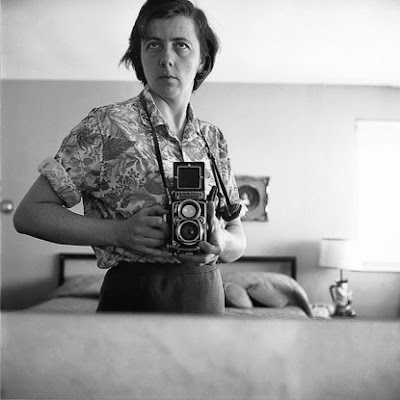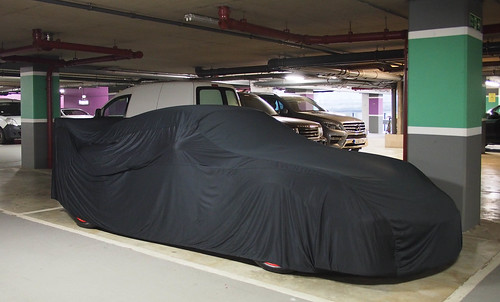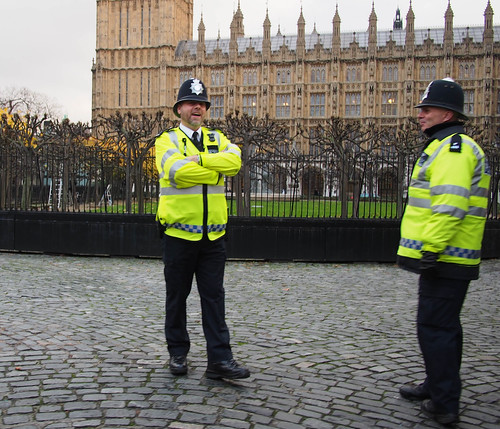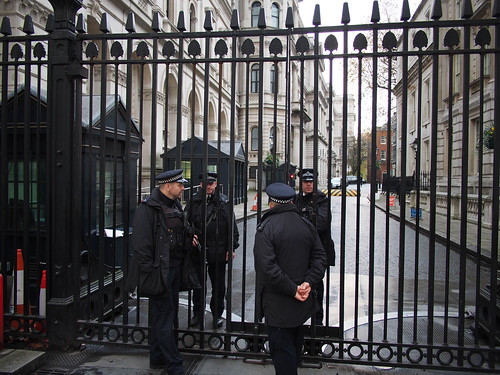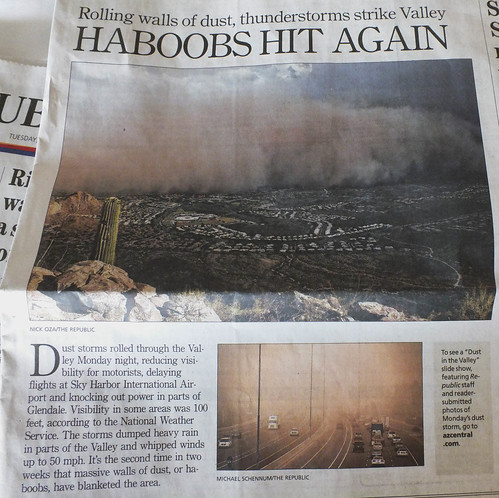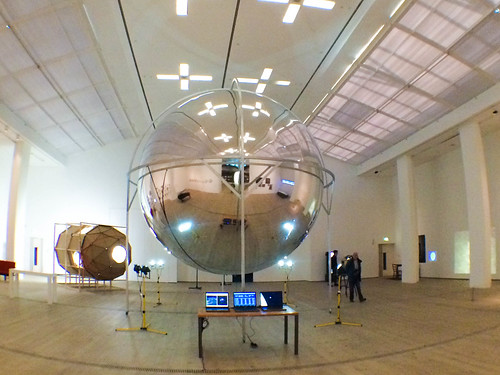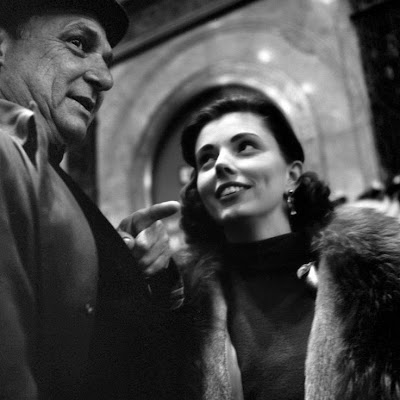
I finally watched that movie/documentary about photographer Vivian Maier during the week. She's the one whose pictures were only discovered fairly recently by John Maloof, who has since been promoting the fine body of work.
The area that gets the most attention are the street photographs, often from around Chicago, where Maier was working as a nanny. Often shot on a Rolleiflex TLR from chest height, many embody the idea of getting in close.
What struck me when I saw her pictures originally was their consistently high quality captures of people in scenes from around the city. She seems to have been able to find ideal moments to tell stories with her film.
I knew there were more pictures, but didn't know the sheer scale of the photographs she had taken. There's tens of thousands, including many that had not been developed, including New York, a world tour and some from Europe. There's a high strike rate of good shots in the ones I have seen, although it's difficult to know whether some were destined for cropping because so many were originally unprocessed.
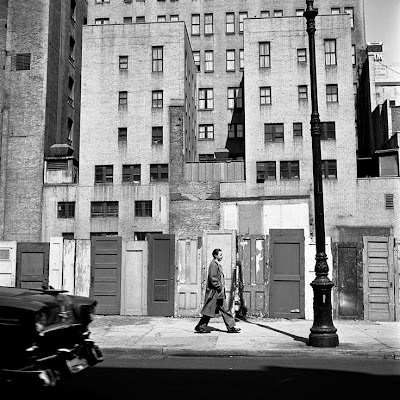
The documentary shows the unfolding of her story. Born in Chicago she presented herself to employers as if from a small town in France. In the audio recordings she speaks with a hybrid American accent shaded with what to me sounds more German than French. There's footage and recollections from her visits to the family village in rural France.
Maloof is, himself, something of a fastidious person, who meticulously adds to the materials he first acquired from an auction. He has progressively assembled more from Maier's life. There's her still photography both monochrome and colour, some 8mm and 16mm cine films, audio cassette diaries and paper journals. Maier was also a hoarder and there's thousands of receipts and other pieces of documentary evidence around.

At one level the documentary provides answers, at another it doesn't. Why so many pictures undeveloped? How was the continuous photography funded? Why did she choose to show herself with so many different names/spellings/identities? Why nothing ever shown? She appears to also have flipped from mild mannered to sometimes vicious, including with the children she nannied.
One of the people interviewed said something about Vivian becoming too crazy and having to be let go from that specific nannying role.
The documentary was partly about the photography, partly about her curious life and it couldn't help but also show the quirks of Maloof now trying to ensure there's decent recognition for Maier's work.
